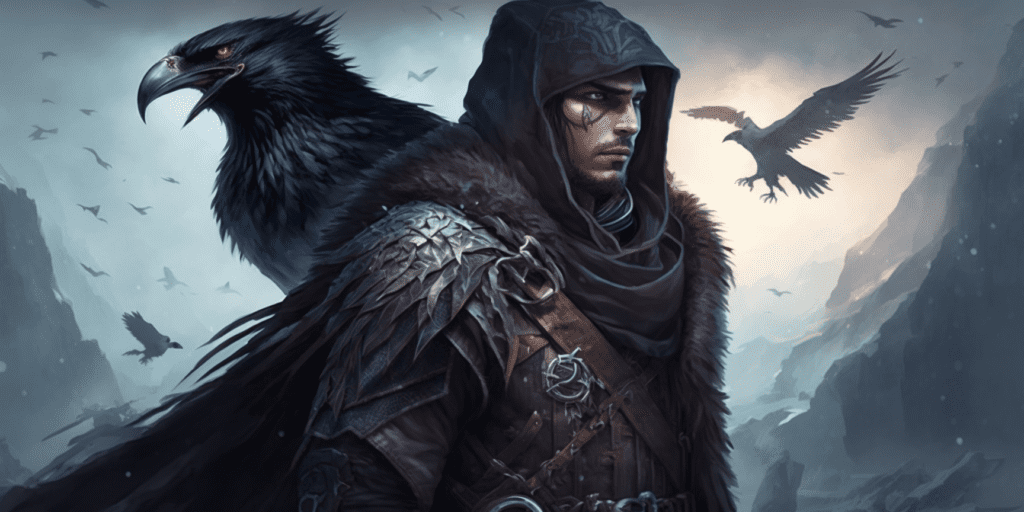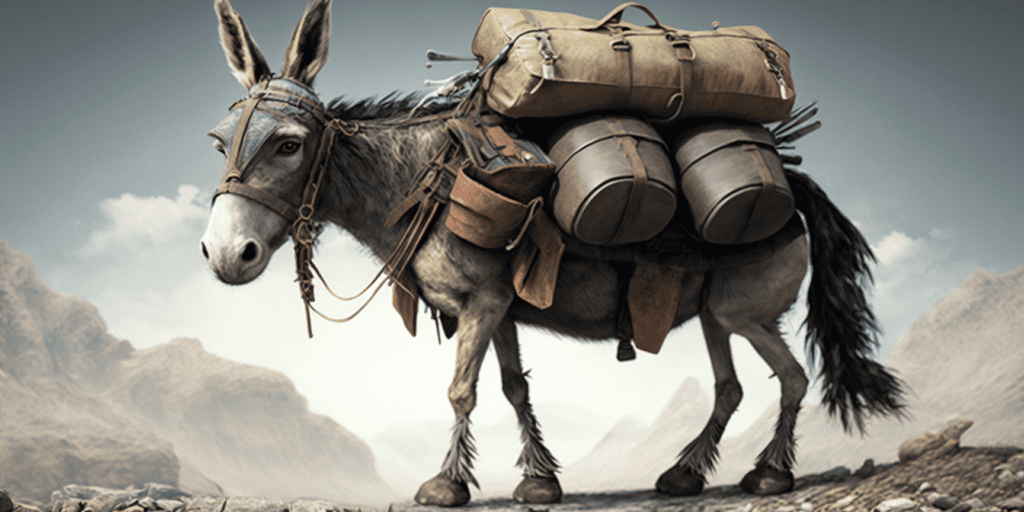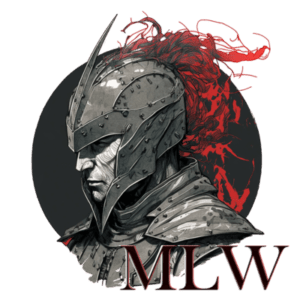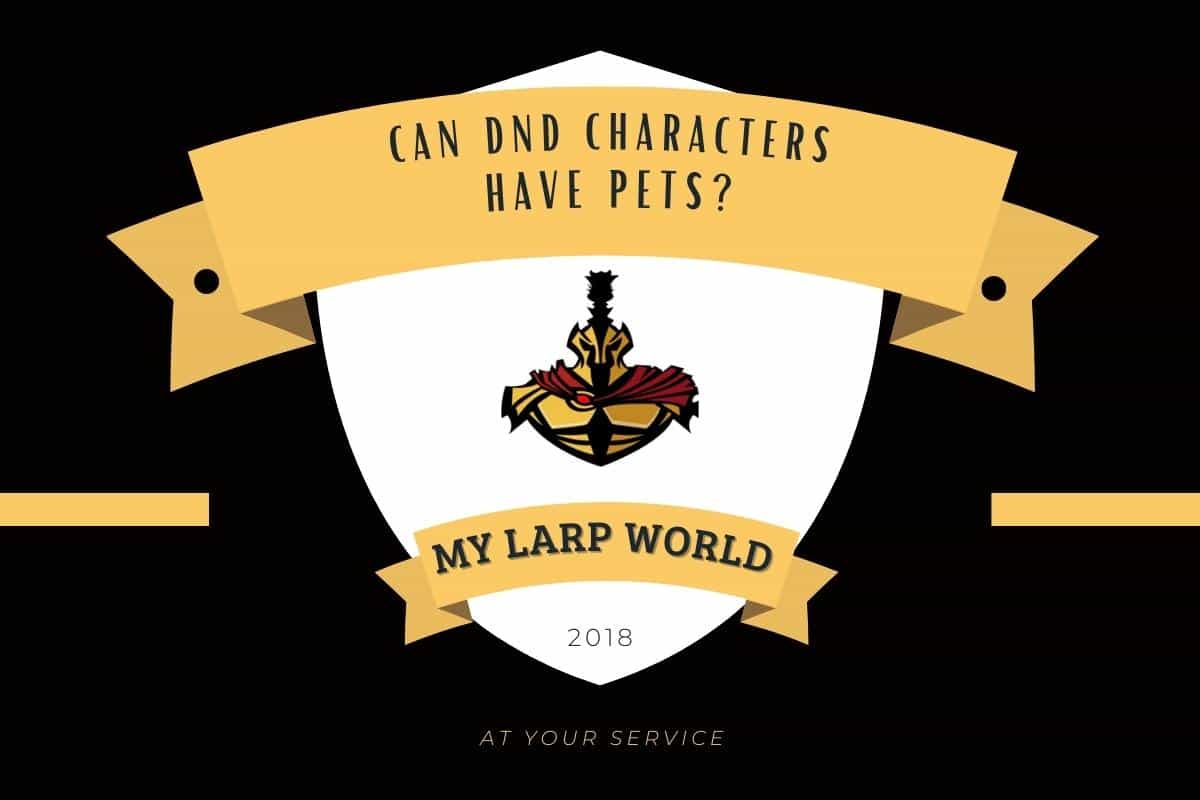DnD is for many people, about freedom and creativity. Not many games offer so much in terms of those two things. Some players want to have pets in the game and wonder if that’s possible.
With pets, you can help players get more invested in their characters, but it can also, potentially, cause some issues. So, can DnD characters have pets?
There are classes that can have different pets. Wizards can summon familiars, Beast Master Rangers can have animal companions, and Artificers can summon constructs that can fight for them. There aren’t any clear rules if you can tame a random animal in the game to have as a pet. Thereby, it’s ultimately up to the DM to decide whether or not a player can tame an animal to have as a pet.
Let’s get into the details of pets in DnD. Is it a good idea to allow pets in DnD, and if so, what can they really do?
Can DnD Characters Have Pets?
In DnD, there are different kinds of pets. For example, there are mules, horses, camels, and so forth, which are beasts of burden that carry your stuff. As I mentioned earlier, there are also class pets, for example, constructs, animal companions, and familiars. Let’s go through the different kinds of pets in DnD.
Class “Pets”

There are spells that some classes have access to which effectively means that you can have pets in DnD. For example, BM Rangers have access to something called Animal Companion, which lets them befriend an animal.
Animals’ stats and abilities vary depending on what animal you befriend, of course. Furthermore, Wizards have a spell called Find Familiar which lets them spend an hour summoning a familiar that will assist them in combat.
Artificers have a spell called Summon Construct, which lets them call upon the spirit of a construct to aid them in battle. There are more spells that will let you use NPCs (non-playable characters) as pets, for example, Create Undead, Conjure Animals, and so forth.
These spells are not the only way to have pets in DnD, however.
Beasts of Burden

Another form of pet that you will encounter when playing DnD is beasts of burden like horses, mules, camels, and so on. The functions of these animals are to carry your equipment and let you travel faster and more efficiently.
Beasts of burden generally won’t help you out in combat, as you might figure, but they’re very important nonetheless. While ordinary horses and mules won’t be much of use in combat, you can also buy warhorses and flying mounts, which can provide numerous benefits. These are generally really expensive, so you’ll probably have to save up money for them.
Other Pets

Depending on your DM, you can also buy or tame other pets. You need to discuss amongst yourselves first, however. What are the ground rules for animals like this? What can they and can’t they do for you? Are they only there as flavor or do they have practical purposes?
If you want them to have practical purposes, it’s a good idea to look up rules for other pets, for example, the earlier mentioned Animal Companion feature or the Find Familiar Wizard spell. This can give you an idea of how to apply appropriate rules for your pets.
Another question to consider is the difficulty level of taming creatures. There’s no logical reason why a wild animal would simply start following you around and doing what it’s told.
I suggest that you try to scale this reasonably. For example, a wolf should be a lot harder to tame than a wild dog. Ask yourself: How smart is the animal? How common is it to tame?
Ultimately, this type of thing is the DM’s decision, and these are just suggestions. If the purpose of your pet is flavor and it won’t do much in terms of practicality, then you should be fine. Some DMs might protest if you want pets that have practical functions, however.
Can Pets Fight in DnD?
Class pets such as the ones we discussed before in this article can fight, of course. That’s the purpose of some pets. However, things get a bit tricky when you get into whether or not pets that players have tamed or bought can fight.
Not only in terms of balance, as you don’t want to make class pets effectively less worth it, but it can be difficult to establish rules for them. There are no clear rules in DnD that dictate how that works. I have suggestions, based on experience, for this.
The first suggestion I have is to take a look at other spells that have similar functions as your pets. Look at the Animal Companion, Familiar, and Construct to get an idea of what seems reasonable.
You can also let the DM control the pet during fights, depending on how domesticated it is. It’s also logical that an animal would take different, less smart, decisions than your character during a fight, for example, and letting the DM maneuver the pet can help with this.
The DM should make sure that there is considerable risk in involving your pet in a fight, too. An animal, no matter how fierce, usually doesn’t have the armor class or intelligence that you have as a PC.
Also, depending on how well you’ve been able to train your pet, it might get so stressed out that it lashes out at one of you instead of the enemy. It’s not entirely unreasonable for a stressed, semi-wild animal, after all.
When it comes to training your pet, I would suggest using the animal handling skill check. This way, there’s a skill-based process that comes with training your pet, which can make the process both immersive and balanced.
What Kind of Pet Can You Have in DnD?
I discussed having wild dogs and wolves as pets previously in this article, but what pets can you reasonably buy or tame in DnD?
Let’s go over some common pets in DnD:
- Dogs (remember that there are different kinds of dogs: watch dogs, attack dogs, hunting dogs, and so forth)
- Birds (Ravens, songbirds, the list goes on)
- Rodents
- Reptilians
- Turtles, toads, and frogs
What kinds of animals are available might also vary depending on the environment in which your campaign is set. If you’re in an exotic environment, you might have easier access to things such as parrots, and if you’re in a more standard DnD fantasy landscape, maybe ravens are more common.
As with many things DnD, it’s ultimately up to your group and DM what kinds of animals you can have as pets. Some groups allow players to tame or buy bigger, more exotic animals. It’s all preference, really. Just make sure that you balance encounters accordingly.
You Might Also Like:

